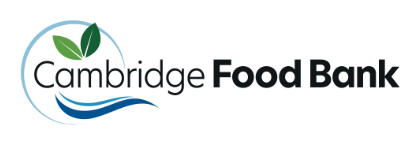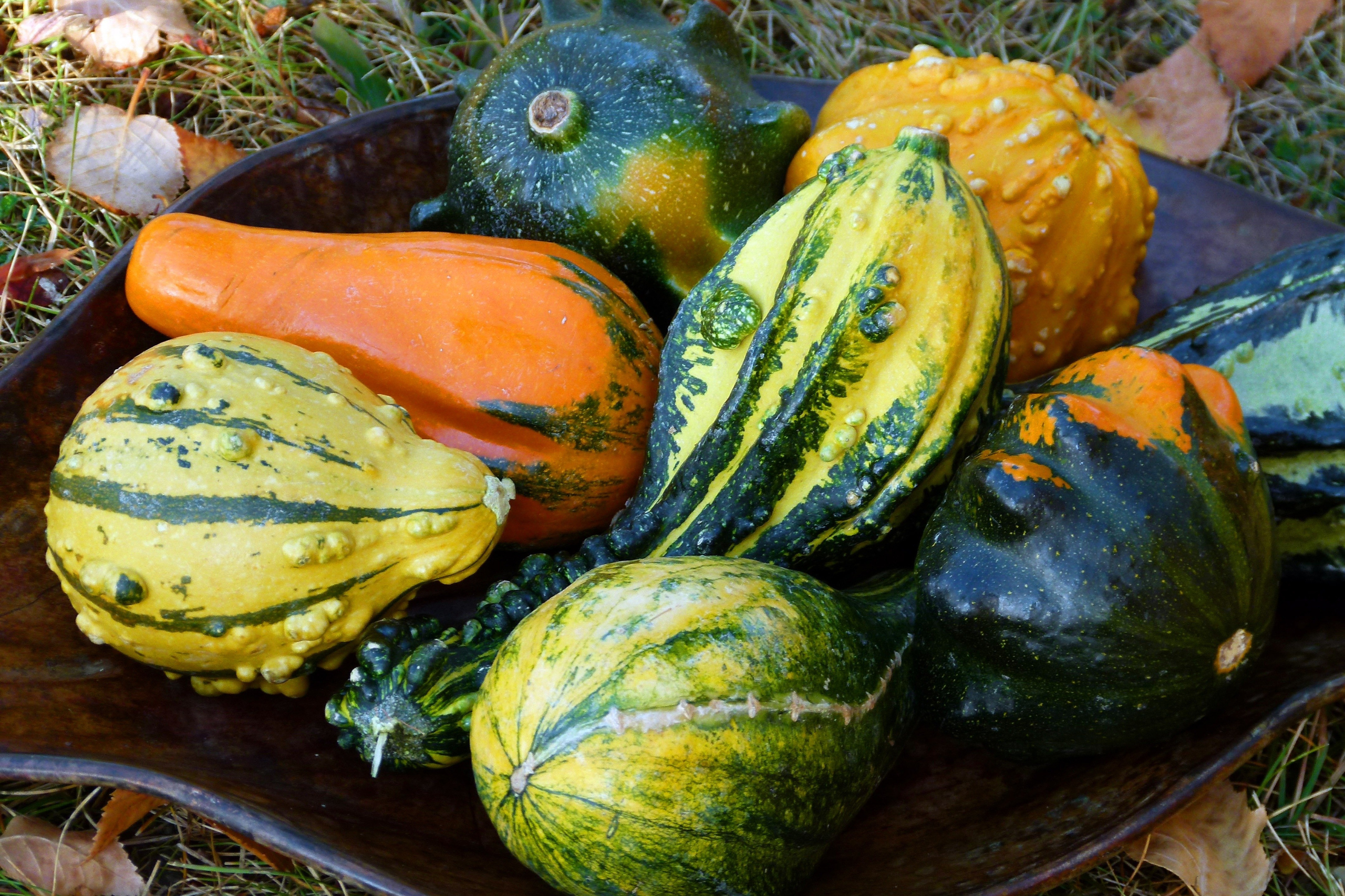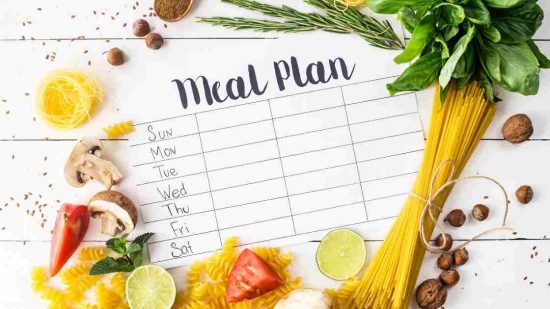Squash – Types, Benefits and Recipes
Fall is the season of squash. The produce section of any supermarket prominently displays various squashes – butternut squash, acorn squash, and spaghetti squash to name a few.
Types of squashes
Squashes come in many varieties– from small zucchini to large pumpkins. They also have
a variety of colours, shades of yellow, green, and orange and are a delight to see. Commonly available squashes are butternut squash, acorn squash, zucchini, spaghetti squash, Hubbard
squash, and Kabocha squash. Some other types are Delicata Squash, Carnival Squash, Gold Nugget
Squash, Buttercup Squash, Banana Squash, Autumn Cup Squash, Ambercup Squash, Sweet Dumpling Squash and Turban Squash.
Health Benefits of Squash
Squash is nutrient-rich and mainly contains vitamins A and C. It provides numerous health benefits,
some of which are listed below
- Good for Heart Health: Squash contains magnesium which helps to reduce the risk of heart
attack and stroke. Magnesium along with potassium helps in reducing high blood pressure.
Vitamin C and beta-carotene levels help in preventing the oxidation of cholesterol. - Prevents Cancer: The high content of antioxidants in squash helps in eliminating free radicals
from our bodies. The beta-carotene in squash provides protection from pollutants and
chemicals that can lead to cancer. Squash contains Vitamin C that prevents premature aging and
cancer. It also inhibits cell division. Squash also contains vitamin A which provides protection
against lung and oral cavity cancers. - Healthy Bones: Squash contains loads of manganese and vitamin C. Manganese helps in building
bone structure and increases calcium absorption. Vitamin C is involved in the production of Collagen which is important for building bone mass. - Good for Eyes: The dietary lutein in squash plays an important role in preventing the onset of
cataracts and macular degeneration. - Improves Colon Health: The high amount of fibers in squash helps in taking toxins out of our
bodies. - Diabetes: Squash has a low glycemic index and is helpful in stabilizing sugar levels. Certain squash
varieties like pumpkin contain a polysaccharide known as pectin. Pectin helps in regulating blood
sugar levels thus preventing the risk of Type2 diabetes. - Rich source of Carotenoids: squashes contain a high level of carotenoids, mainly beta-carotene,
lutein, zeaxanthin, and lycopene. These carotenoids help in the prevention and treatment of age-
related macular degeneration, cardiovascular diseases, and neurodegenerative diseases.





